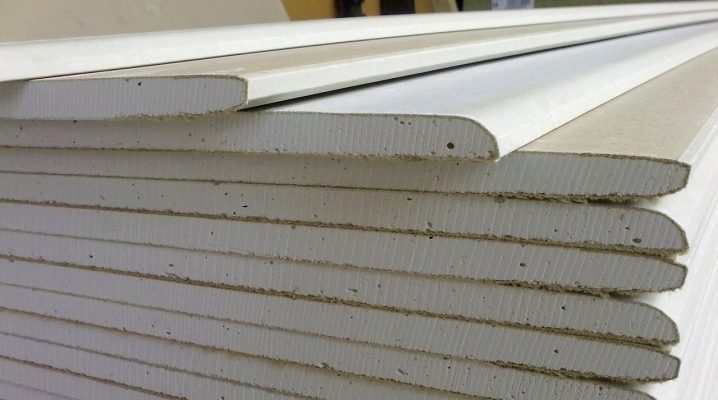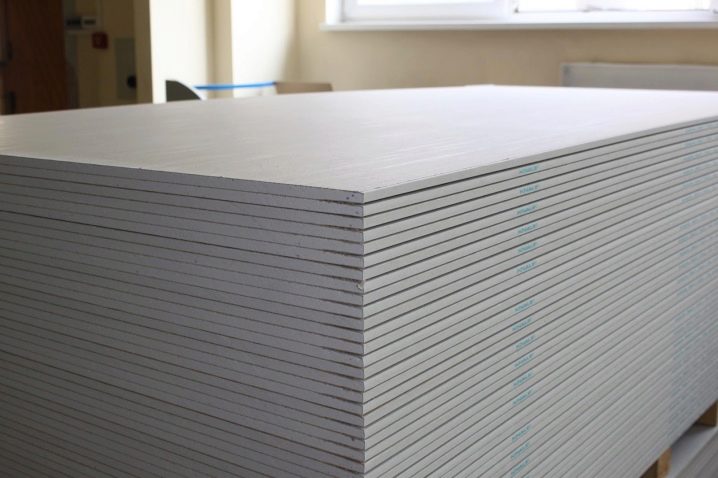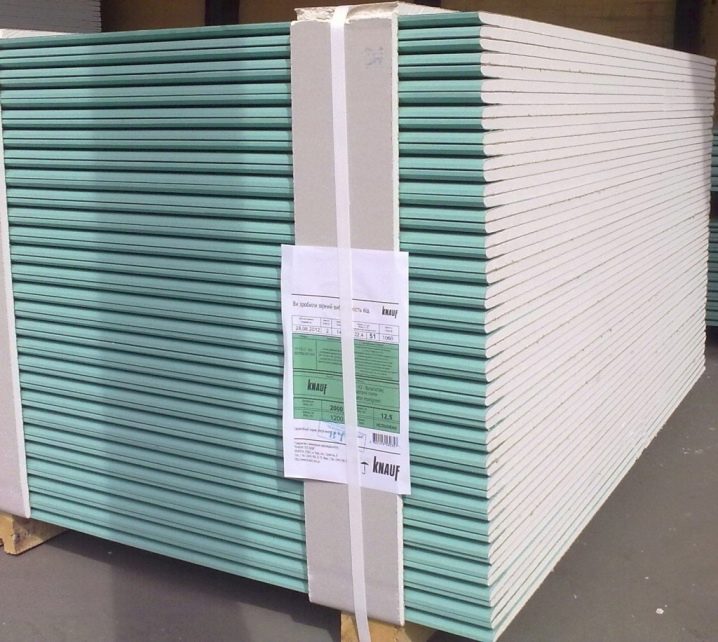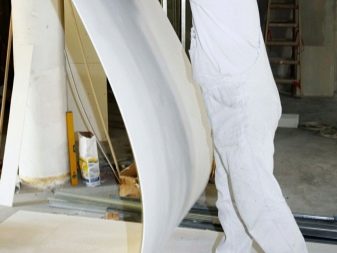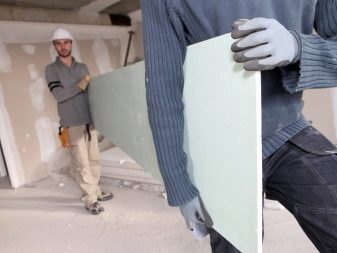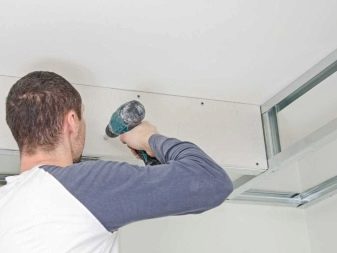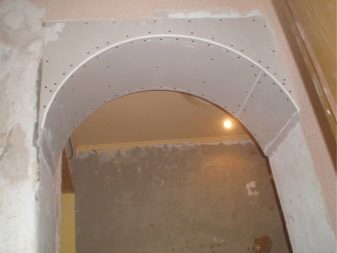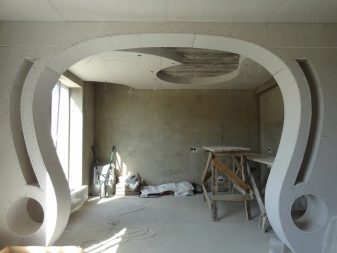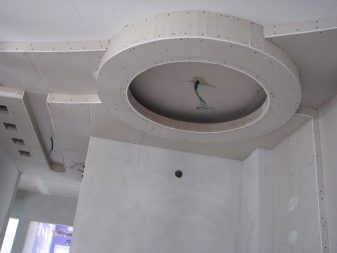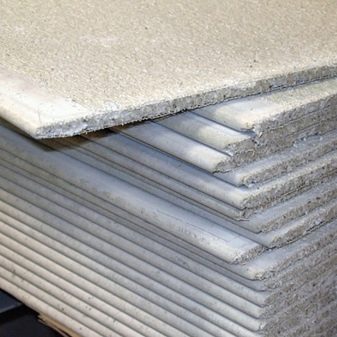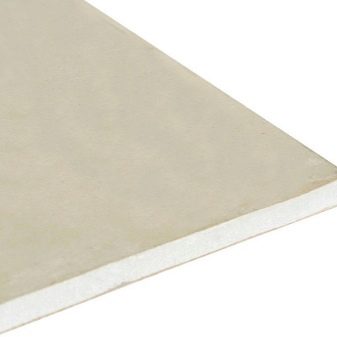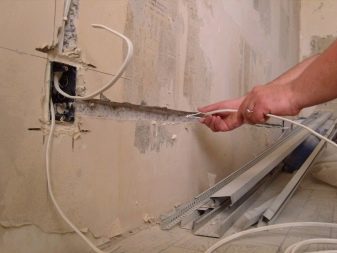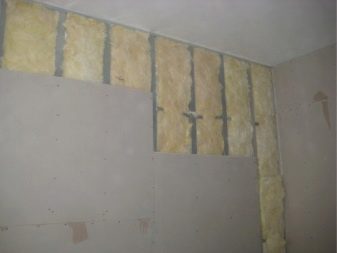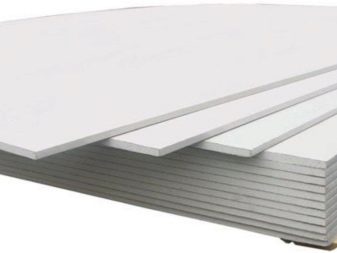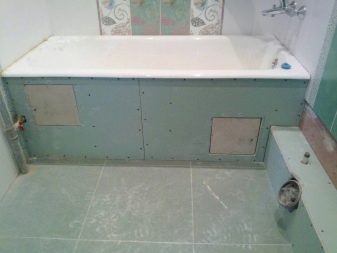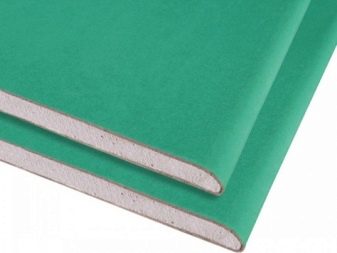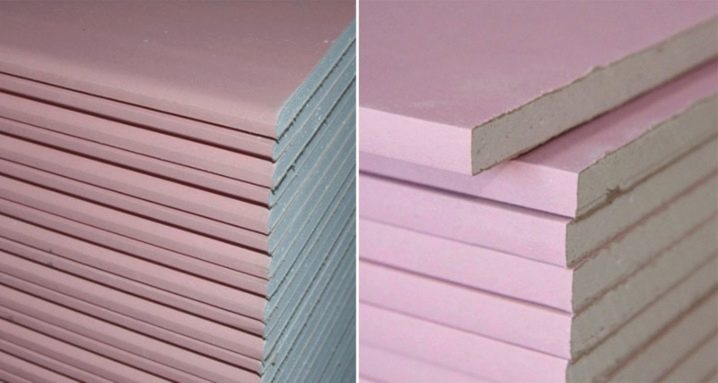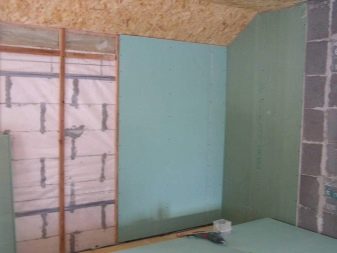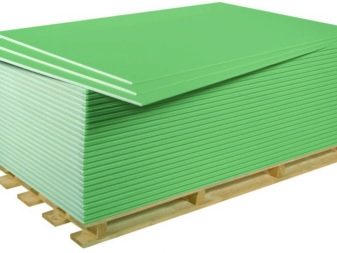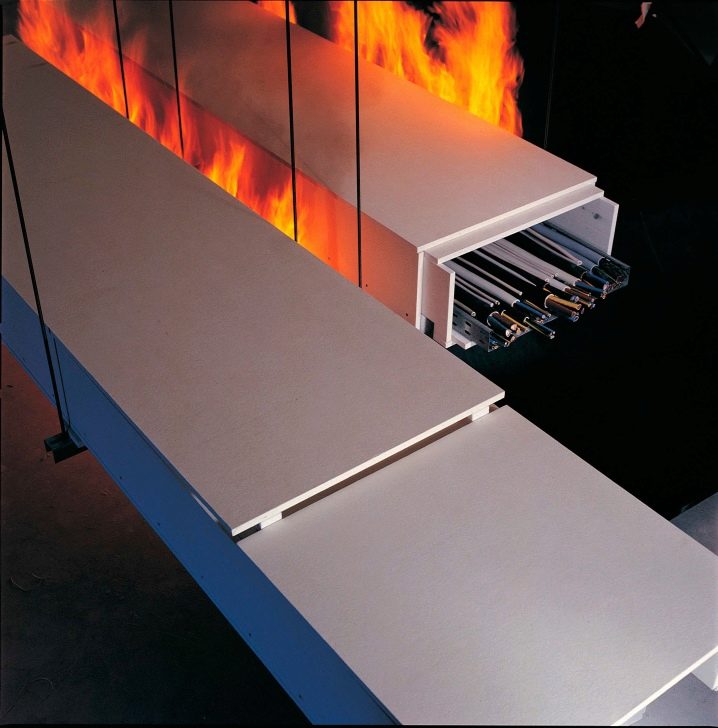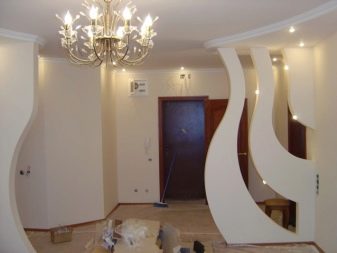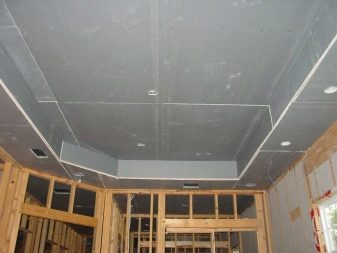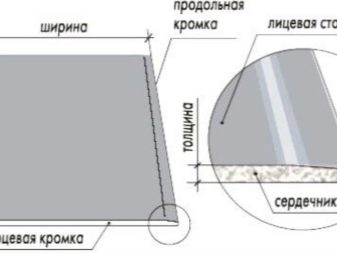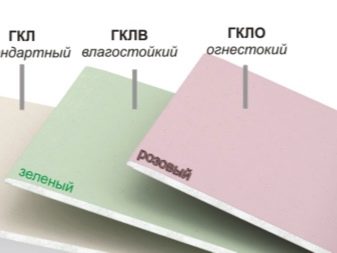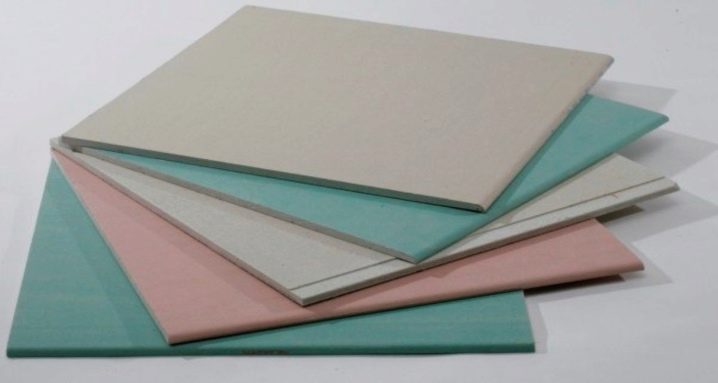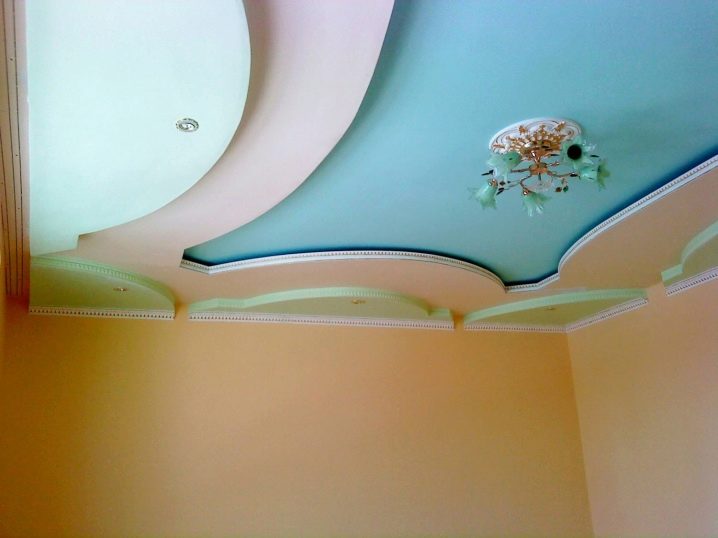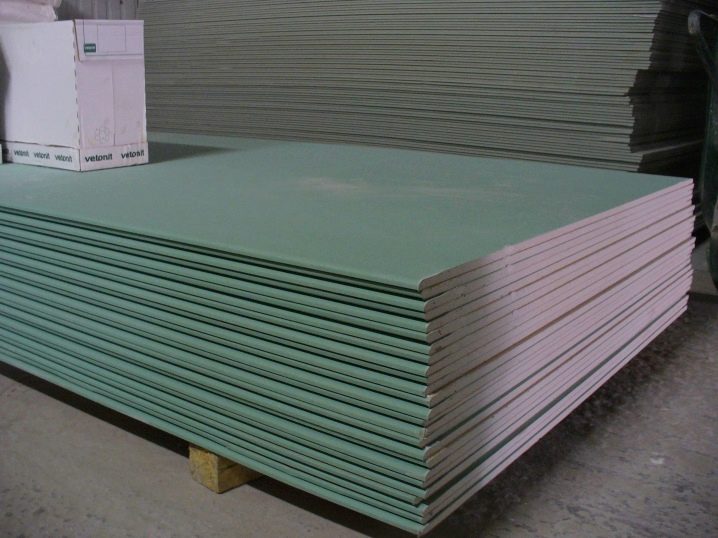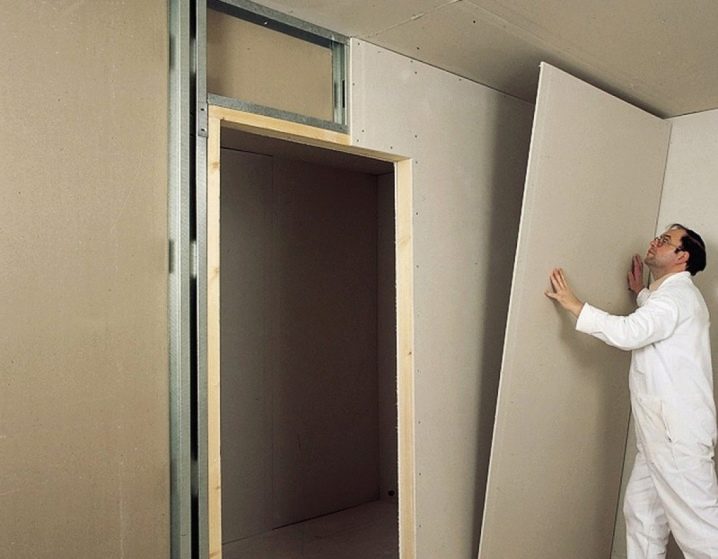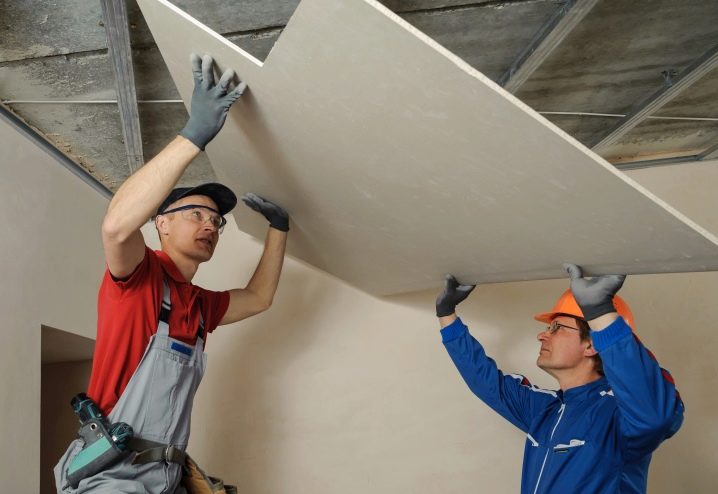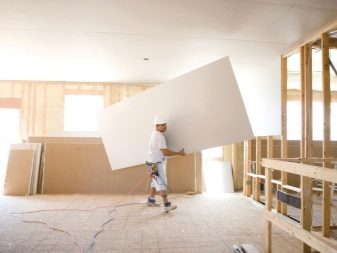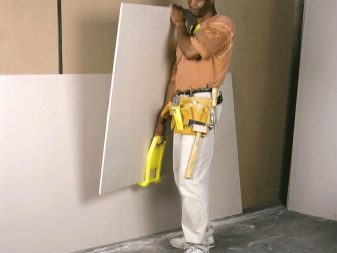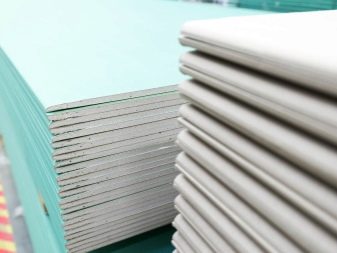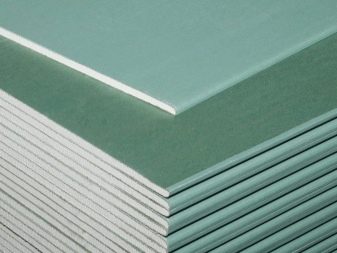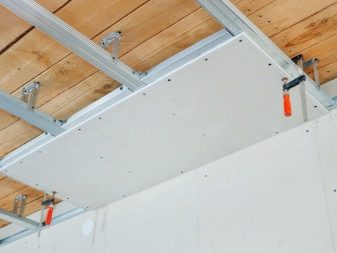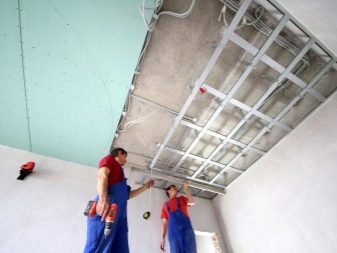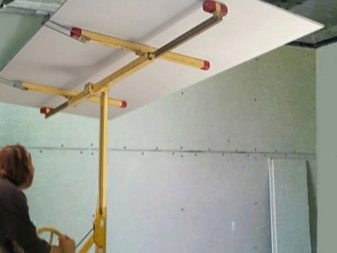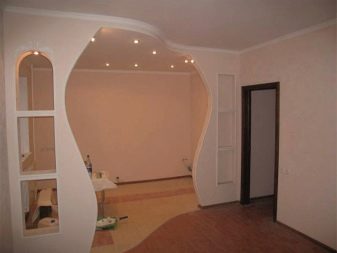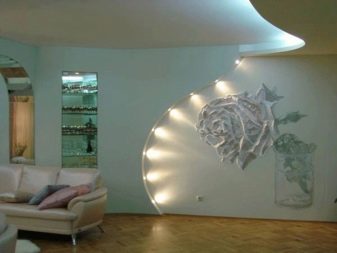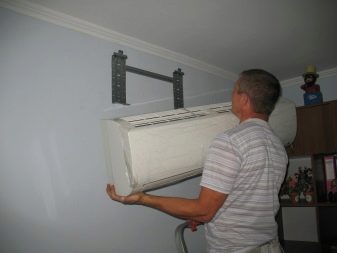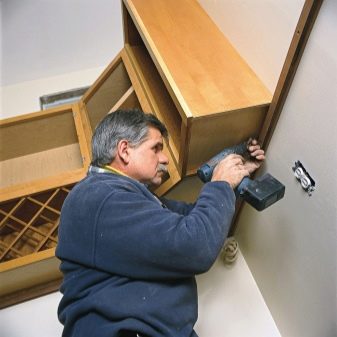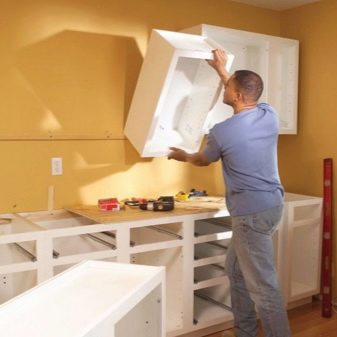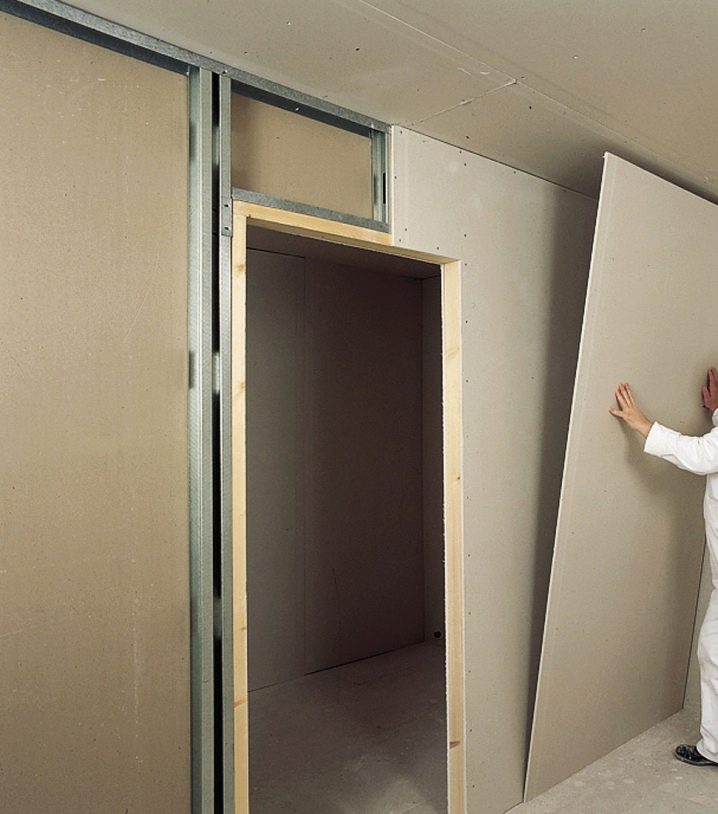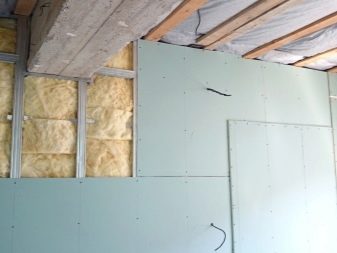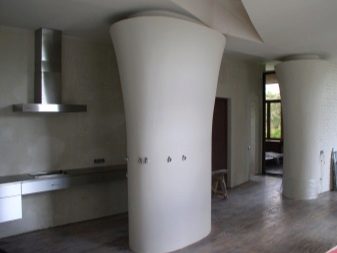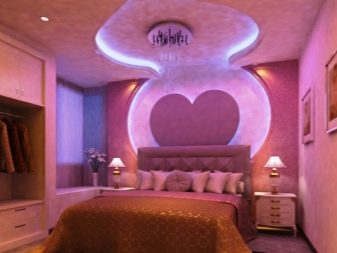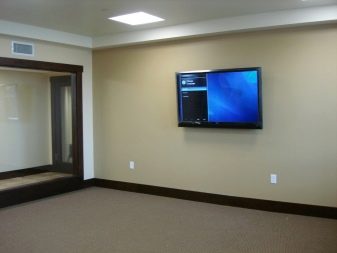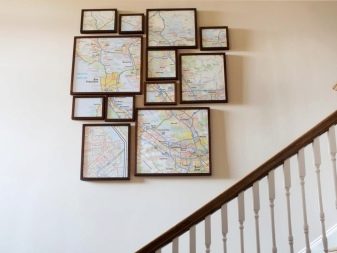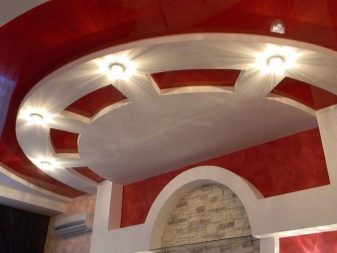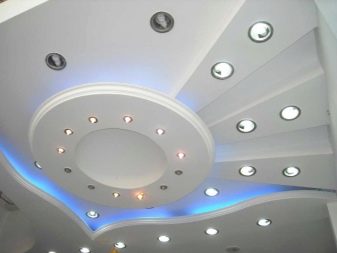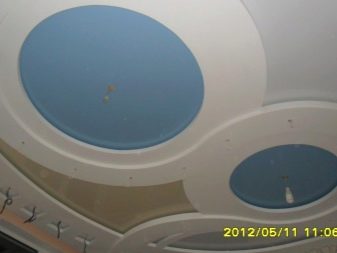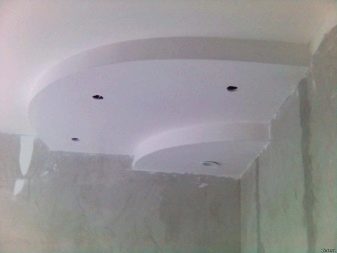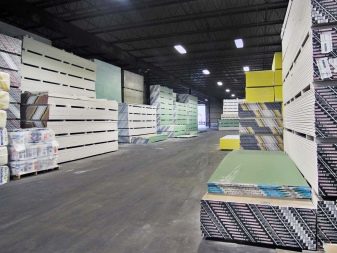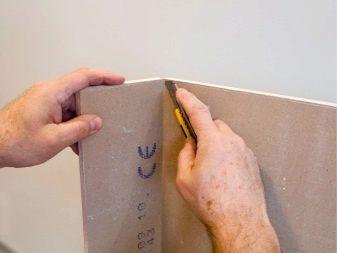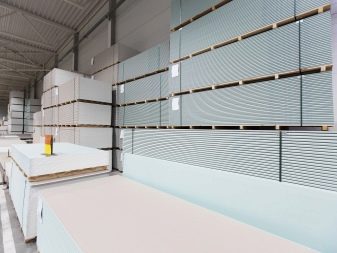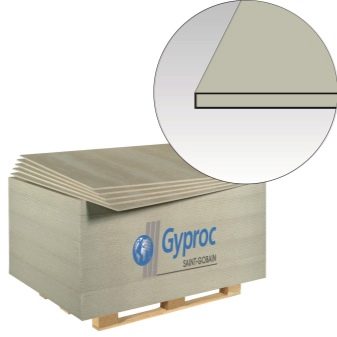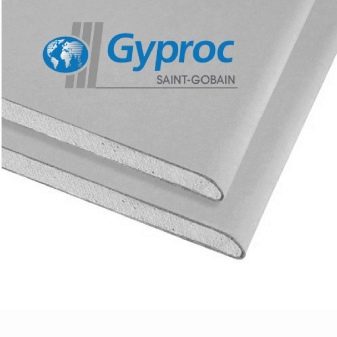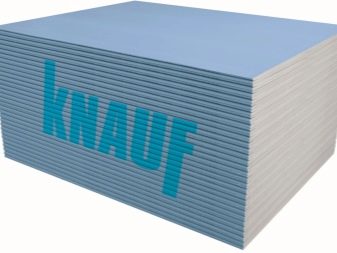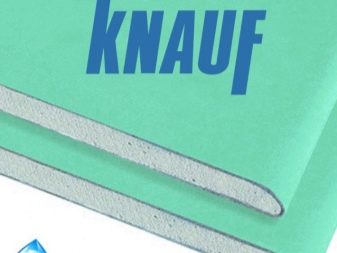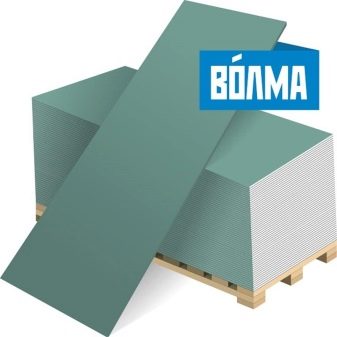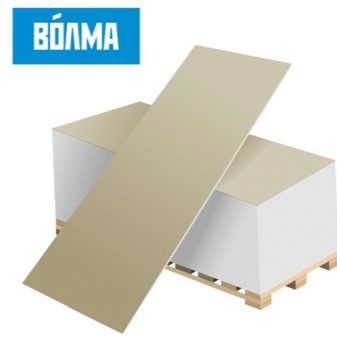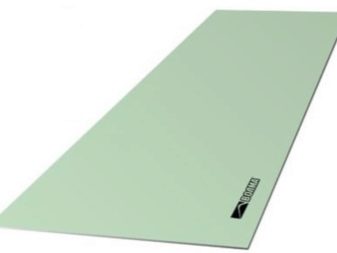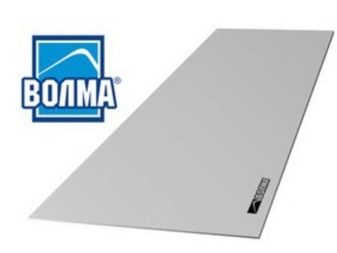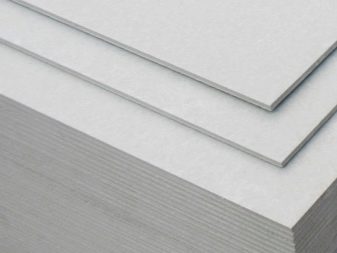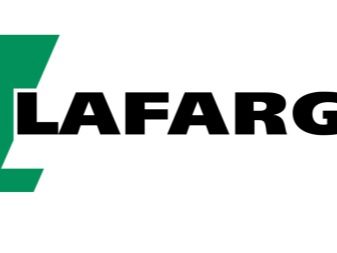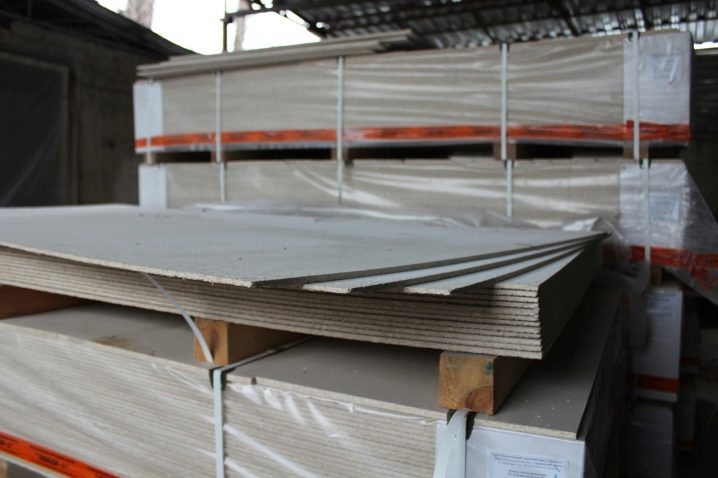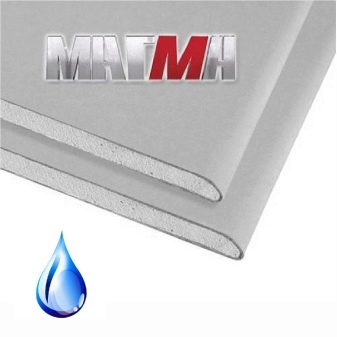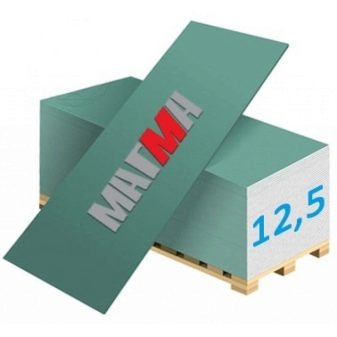Sizes of drywall sheets
A few decades ago, builders had very little knowledge about drywall, and nowadays no repair can be done without this universal material. This modern coating is widely used in the repair and finishing works. That is why you should get acquainted with its basic properties, size and scope.
Material Features
GCR is a composite material made in the form of plates. The main component is plaster coated with cardboard. The raw material for the production of gypsum plasterboard is a gypsum core, enriched with active additives that increase its density and strength. Due to this, consumer properties of the material increase significantly, it becomes hard, but at the same time plastic.
The advantages of the drywall sheet are obvious:
- made of natural eco-friendly materials;
- characterized by the ability to maintain certain parameters of the microclimate;
- bends well;
- has a wide scope of use;
- the level of GKL acidity corresponds to the same indicator of human skin;
- differs in the high soundproofing properties;
- does not emit radiation, completely non-toxic;
- has low weight;
- simply mounted on any surface;
- allows insertion of lighting elements inside the structure;
- has a fairly low cost;
- when processing a special composition exhibits greater flexibility and plasticity.
GCR plates are widely used for:
- forming a smooth surface;
- filling cavities and openings formed during work;
- installation of partitions;
- arrangement of niches;
- the formation of multi-level ceilings;
- creating interior compositions - arches, columns, shelves.
According to its technical features, drywall is divided into several varieties:
- standard;
- resistant to burning;
- moisture resistant;
- moisture-resistant.
Hygroscopic model is most often used to repair shower rooms,and combustible products are widely used in the construction of communication shafts, where they later install water pipes, electrical wiring, telephone cables and the Internet, as well as dust removal systems.
Standard parameters GKL
GCR sheets are of different types. GKL- ordinary drywall is widely used for covering ceiling frames on walls and ceilings in rooms with a standard indicator of humidity. A standard sheet of a typical GKL has dimensions of 2500x1200x12.5; it weighs 29 kg. This type of sheet is covered with gray cardboard and is marked with a blue color.
GKLV - waterproof plasterboard subtype, the active component in its composition is a special hydrophobic element, and the cardboard is impregnated with a special water-repellent solution. Its dimensions correspond to the parameters of a regular sheet, its weight is approximately equal to 29 kg. The cardboard is painted green, has a blue marking.
GKLO-model, resistant to burning. This property is due to a special production technology - gypsum under the action of elevated temperatures is fired and processed with a special mixture of reinforcing components. The weight of a standard sheet is 30.5 kg.The outer side of the cardboard is pink and the marking is red.
GKLVO - combines hygroscopicity and fire resistance. By production of such gypsum cardboard the raw materials pass essential processing which increases these two parameters. Standard sheets weigh 30.6 kg, carton is green and marking is red.
There is also a fireboard - a special kind of GCR, which exhibits enhanced refractory properties. These plates resist to burning for more than one hour and at the same time do not worsen their physical and technical characteristics. A sheet with dimensions of 2500x1200x12.5 cm and weighing 31.5 kg is approximately 20 mm thick. Cardboard and markings are made in a single color - red.
The parameters of the GCR vary in accordance with the purpose of the material:
- Wall is used for wall cladding, its thickness is 12.5 mm.
- Ceiling is used for the formation of multi-level structures, has a thickness of 9.5 mm.
- Arched is used for the manufacture of arches, columns and niches, the thickness of such a sheet is equal to 6.5 mm.
There is no single value for the width / thickness / weight of the GCR, only the most common parameters can be distinguished:
- width - 600 mm or 1200 mm;
- height - 2000 and 4000 mm;
- thickness - 6.5 mm, 8 mm, 10 mm, 12.5 mm, 14 mm, 15 mm, 18 mm, 18.5 mm, 24 mm 29 mm.
These options are widely represented in hardware stores. However, this does not mean that the work will require only a standard sheet. If interior design requires any special parameters, then the sheets should be ordered directly at the factory, but you will have to order a whole pallet (pack). GKL parameters are determined by SP 163.1325800.2014.
Width
As a rule, the width of the plasterboard is standardly equal to 1200 mm. On this basis, all the struts of the framework installed for facing with plasterboard have a pitch of 400 and 600 mm. However, technology does not stand still, and in recent years there are modifications on sale 600 mm wide, as well as 2500 mm 2000 mm. Small sheets are lightweight, which, of course, facilitates transportation, and even a non-professional can handle their installation.
Thickness
The thickness of the GCR sheet directly affects its scope. For example, for wall cladding and creating shelves used GKL 12.5 mm. The thickness of the ceiling plates is less - 9 mm, but this type is quite rare in the sale, so the ceiling, as well as the walls, is mainly sheathed with sheets 12.5 mm thick, only profiles are used less, and the pitch is 60 cm.For the manufacture of interior compositions using gypsum board with a thickness of 6 mm, these sheets are very plastic, they are optimal for creating arches, forming wave-like decorative elements. However, these sheets can not withstand the loads, so it is recommended to lay the material in 2-3 layers.
Length
Standard GCR has a length of 2; 2.5 and 3m. For ease of installation, individual manufacturers produce a sheet of 1.5; 2.7 and 3.6m. For smaller structures, the manufacturer can cut drywall to its customers directly in production.
Length often becomes a real problem at the transport stage.Therefore, drywall with a length of more than 2.5 meters is in rather low demand, respectively, it is presented on the market in a small range. Too long GKL can increase unproductive consumption of material, for example, for a room length of 2.7 m is not worth buying a three-meter sheet. This will result in a large amount of pruning that is difficult to use in any way.
Longer options are harder and harder to install, working with them requires the help of others, since it is difficult to cope on your own.At the same time, long sheets allow you to avoid unnecessary joining seams, create a perfectly smooth surface. Before you buy a large GKL, make sure that it will pass into the staircase, apartment, fit in the elevator.
Weight
When planning the finishing work, you need to know how much each sheet of plasterboard weighs. This will help to correctly distribute the forces that will be required to perform all the work, as well as the ability of the structure to withstand a certain load. This is very important as it will allow to avoid defects and collapse of the structure in the future. Standard parameters GKL - 2500h1200h125 mm, the area of the sheet with this is 3 square meters. m., this plate weighs about 29 kg.
An ordinary GCR, as well as a GKLV in accordance with the standards, has a mass not exceeding 1 kg for every millimeter of sheet thickness, while the GKLO and GKLVO indicator for every millimeter ranges from 0.8 to 1.06 kg
Q1 m plasterboard weighs:
- 5 kg - with a thickness of 6.5 mm;
- 7.5 kg - at 9.5 mm;
- 9.5 kg - with GKL 12.5 mm.
Before starting work, it is very important to calculate the load per 1 square meter of coverage. If you plan to fix something heavy on it,for example, the wall is installed under water heaters, then give preference to completely deaf plates, they cope with a weight of up to 150 kg / m2.
What does the size affect?
Choosing the size of a drywall sheet is crucial because it reduces the amount of material used and the total cost of repairs. Among the most important parameters, a special place is occupied by the thickness, because it is the strength of the gypsum board and, accordingly, the strength and capabilities of the structure itself that depend on it. Sheet thickness should be selected based on the type of planned work. Standard wall gypsum for partitions has a thickness of 12.5 mm, it can withstand 50 kg of weight per square meter of sheet without tension, however, the prerequisite is the use of fasteners for drywall, and the load should not be of impact type. Such sheets are used to form walls and decorative partitions.
If it is necessary to mount a single large load on the wall, for example, hang an air conditioner, then in this case standard sheets of 12.5 mm can also be used. But on the site of the installation of the cargo requires additional reinforcement crates.
If you plan to fix several shelves or wall cabinets, for example, kitchen or products for the corner decor, then it is desirable to give preference to models with a greater thickness based on the following data:
- A 14 mm drywall sheet withstands a load of 65 kg / sq. m
- A plate of 16 mm will cope with a weight of 75 kg per 1 square meter.
- Thickness 18-20 mm is used for loads up to 90 kg / sq. m
- A sheet of 24 mm takes 110 kg / sq. m
If there are no thick sheets on sale, you can put a standard GKL in several rows overlap. This can be easier and more economical, given the low availability of thick sheets on the market.
It is important to take into account the peculiarities of the room in which repairs are being carried out. If this is an apartment or a private house, then it is quite possible to get by with thin sheets, since the owners of the premises treat it carefully and are unlikely to deliberately strike blows and mechanical damage. When it comes to industrial facilities or warehouses, the strength of the structure comes to the fore in terms of safety, so it is imperative that sheathing is required in sheets with a thickness of 14 mm and above.
For the formation of interior structures, special sheets of plasterboard with a thickness of 6 mm are used.They are distinguished by their plasticity, they bend well, therefore they are often used for the installation of wavy decorative elements. But for installations of arches such thickness is not suitable, since it will not cope with the load. Preference should be given to more dense sheets or to lay a thin GCR in several layers.
If the owner of the premises plans to hang pictures on the walls, then it is worth buying a sheet with a thickness of 10 mm. To mount a plasma TV is better to stay on the thickest sheet. Otherwise, the design may collapse, and the TV break. If the wall is not subjected to stress, then in this situation it is sufficient to restrict the GCR to 8 mm.
Similarly, drywall is selected for leveling the ceiling and creating multi-level coatings. You need to know exactly what will be fixed in it, and what kind of load will be per square meter. Experts recommend taking thin sheets with a thickness of 9.5 as a base point, they are lightweight, so do not overload the overlap. This material can easily withstand built-in lamps, located at a standard distance of 60 cm from each other.
For conceptual multi-level ceilings, one should dwell on a thinner plasterboard with a thickness of 6 mm, since the framework of such a shape is not so strong, and the pressure on it is higher, therefore it is necessary to reduce the pressure on the floor to the maximum. In addition, thin gypsum boards are easier to install and do not require a large investment of time.
Tips and recommendations for use
Before purchasing a sheet of drywall in a hardware store, you should ensure its proper quality. Pay special attention to the conditions of its storage, as many sellers store the material on the street without any kind of coating that protects from adverse weather conditions or in warehouses with high humidity levels. Constant exposure to moisture and temperature changes causes deterioration of the technical and physical parameters of the material, which degrades its performance and in the future leads to the appearance of defects and collapse of structures.
Keep in mind, technical conditions strictly prohibit the installation of pallets with GCR on each other. Increased load causes the appearance of cracks, chips and deformation of the gypsum core.
It is not allowed to drag sheets of drywall over the ground or uneven surface. This can damage the top layer of cardboard, reduce the strength and durability of the material. It is the violation of these conditions that causes a large number of defective products in warehouses, and the buyer, especially when faced with the acquisition of GKL for the first time, may not even notice damage at the time of purchase.
A few recommendations:
- Acquire products only in large hardware stores and a good reputation and high traffic and fast turnover. There should not be stale goods.
- Try to visit the warehouse and get acquainted with the storage conditions of the FCL. If you feel that the humidity in the room is increased, you should abandon the purchase in this place.
- When loading and delivering plates, inspect each sheet for chips, cracks, dents.
- Be sure to monitor the actions of the movers, this will guarantee protection against damage to the goods.
- If you are planning to buy a large batch of GCR, then first take one sheet “per sample” - cut it with a knife and evaluate its degree of homogeneity.
In order to avoid unpleasant consequences of the purchase of poor quality GKL, give preference to products of proven manufacturers.
- Gyproc - one of the world's leading manufacturers of gypsum plasterboard, as well as gypsum-based construction mixes. The company has 65 plants and 75 quarries located throughout the world. The company places high demands on the quality of products, tirelessly cares about improving the consumer characteristics of the FCL. The main advantage of drywall of this brand is its low weight - the company specializes in the production of lightweight sheets, which are 20% lighter than their counterparts.
- Knauf- the undisputed leader in the market of gypsum plasterboard and building mixtures, the most popular brand of all those present on the market today. The company produces sheets with a thickness of 9.5 mm, 12.5 mm and 6.5 mm., The assortment includes 4 types of sheets: normal, moisture-resistant, fire-resistant and moisture-fire-resistant. The greatest demand from consumers is the usual sheet, which is officially adopted worldwide as the GCR standard. The advantages of Knauf products are obvious: products are lightweight, work well, bend easily, are sanded and easily cut.
- Volma - domestic producer of GKL, products of this brand received wide recognition from the Russian consumer. The advantages GKL from the company Volma include: ease of installation, bending strength, the presence of edges to prevent crumbling of the product. Drywall of this brand is resistant to wear, it is made of natural environmentally friendly materials and has an affordable price.
At the same time, consumers also note a number of material deficiencies - the sheets are rather heavy, there are no marking lines, and the layers themselves often have a wavy surface.
- Lafarge - a well-known manufacturer who for several decades has consistently occupied one of the leading places in its segment of the market of finishing materials. A distinctive feature of the company is an output with a semicircular facet and edges cut with cardboard from all 4 sides. This technology allows you to use a sheet to create the ideal geometry of the coating. GKL LaFarge is characterized by lightness, durability, wear resistance, and also exhibits excellent sound and thermal insulation characteristics. Separately, the company has established the release of sheets for bending, which are distinguished by high plasticity and are used to create arches and arc-shaped interior compositions.
At the same time, the choice of sizes of sheets of this brand is rather small. As a rule, these are standard parameters - 1200x2500 or 1200x3000.
- Magma - Another Russian brand. Production of this concern has good operational parameters. It has a small weight, well cut, and the strength is not inferior to the products of more famous brands.
For how to choose drywall, see the video below.
